Planning & Prep
Leftover Recipe Generator: How To Use Leftover Food
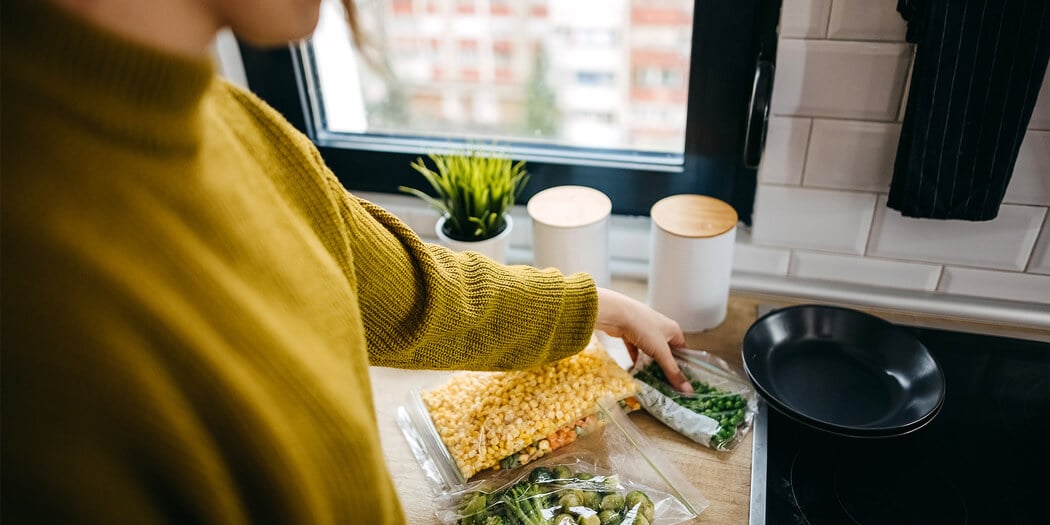
According to the USDA, over one-third of all available food in the United States goes uneaten due to loss or waste. Food waste can negatively impact the environment due to a rise in methane emissions from food rotting in landfills. Additionally, when you waste food, you are also wasting labor, energy, water and even land.
Thankfully, there are ways to cut down on food waste — when you’re not sure what to do with your half-used avocado, frozen corn or cooked chicken breast, you can turn your scraps into a whole new meal.
To use our free leftover recipe generator, type in up to three ingredients. Based on the ingredients you choose, our library of 1,000+ recipes will calculate what you can make.
Leftover recipe generator
 List up to 3 ingredients to discover recipes from your leftovers.
List up to 3 ingredients to discover recipes from your leftovers.
Please choose a specific ingredient (eg. chicken breast)
No ingredients entered
 Recipes you can make with these ingredients:
Recipes you can make with these ingredients:

What can I make with the leftovers in my fridge?
When it comes to repurposing the leftovers in your fridge, you need to think strategically.
For example, if you have frozen pizza and a fridge full of veggies about to expire, you can create your own vegetable pizza pie. Start by cooking your pizza based on the directions on the box. While the pie is cooking, wash and finely chop your vegetables, then place them on the pizza halfway through the cooking time.
When in doubt, you can utilize a leftover recipe generator to calculate what to make with the ingredients that are about to go bad.
What leftovers taste better the next day?
Did you know that casseroles, pizza and even soup are leftovers that taste better the next day? Most pasta dishes, like lasagna and bolognese, warm up nicely on the second day — which is perfect if you’re looking for meal prep ideas. Stews and chili are also good options if you are unsure of what leftovers taste better the next day.

How long do leftovers last?
According to the USDA, leftovers are safe in the refrigerator for three to four days or in the freezer for up to four months — however, it is common for frozen leftovers to lose flavor and moisture when stored for long periods.
A key indicator that it’s time to throw out your leftovers or unused ingredients is when there is a foul odor or discoloration.
How to safely reheat leftovers
When it comes to safely reheating leftovers, you want to make sure the food reaches a safe internal temperature of 165°F and is refrigerated or frozen properly. According to the USDA, food left out and not properly stored or cooked to a safe temperature can cause foodborne illness.
Reheat soups, sauces and gravies by simmering them slightly to a consistent boil. For solid leftovers that require an oven for reheating, be sure to cover them with foil or a lid so that it retains moisture and heats evenly. You can use a microwave to safely reheat leftovers, but beware of cold spots — use your food thermometer to check that the internal temperature reaches 165°F.
Leftover cooking tips and tricks
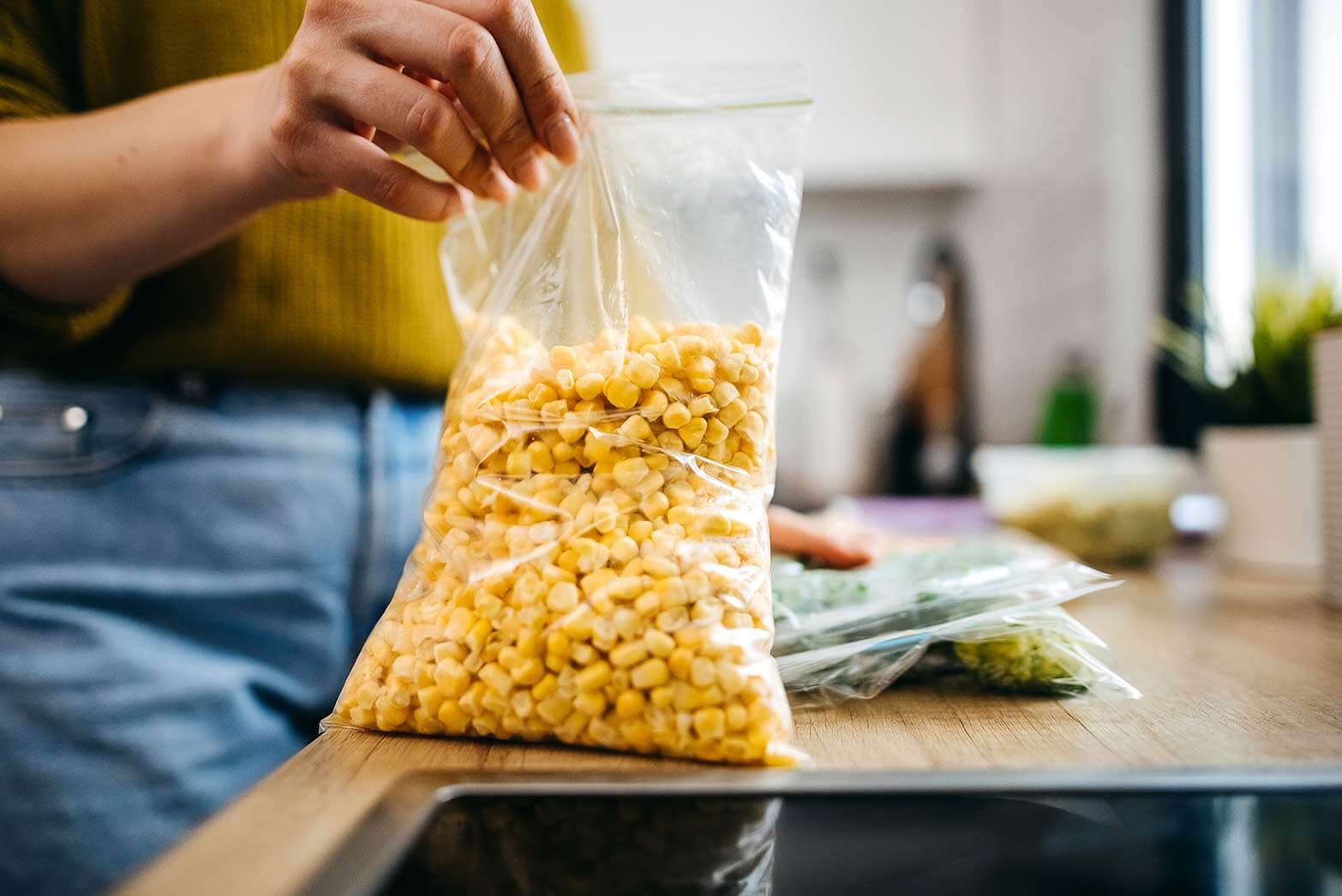
Still unsure what to do with extra scraps of food? Here are a few tips and tricks for leftover cooking.
- Keep all scraps: The first step to cooking leftovers is to not throw away your food (unless it’s expired meat) — you can also learn how to compost your leftovers to help reduce methane emissions in landfills.
- Cook more portions: Prepare double the amount of food so you can freeze the rest for later.
- Store properly: Invest in food storage containers to safely store your leftover food.
- Plan out your meals: Schedule a dedicated day where you eat only leftover food to eliminate waste.
- Change your mindset: Look at leftovers as ingredients you can turn into new recipes vs. repeating the same meal.
- Stock up on the essentials: Make sure you have basic spices and condiments on hand like mayonnaise, ketchup, garlic powder, nuts, grains and vegetables.
- Label your leftovers: Write the name and date on your leftovers for easy identification.
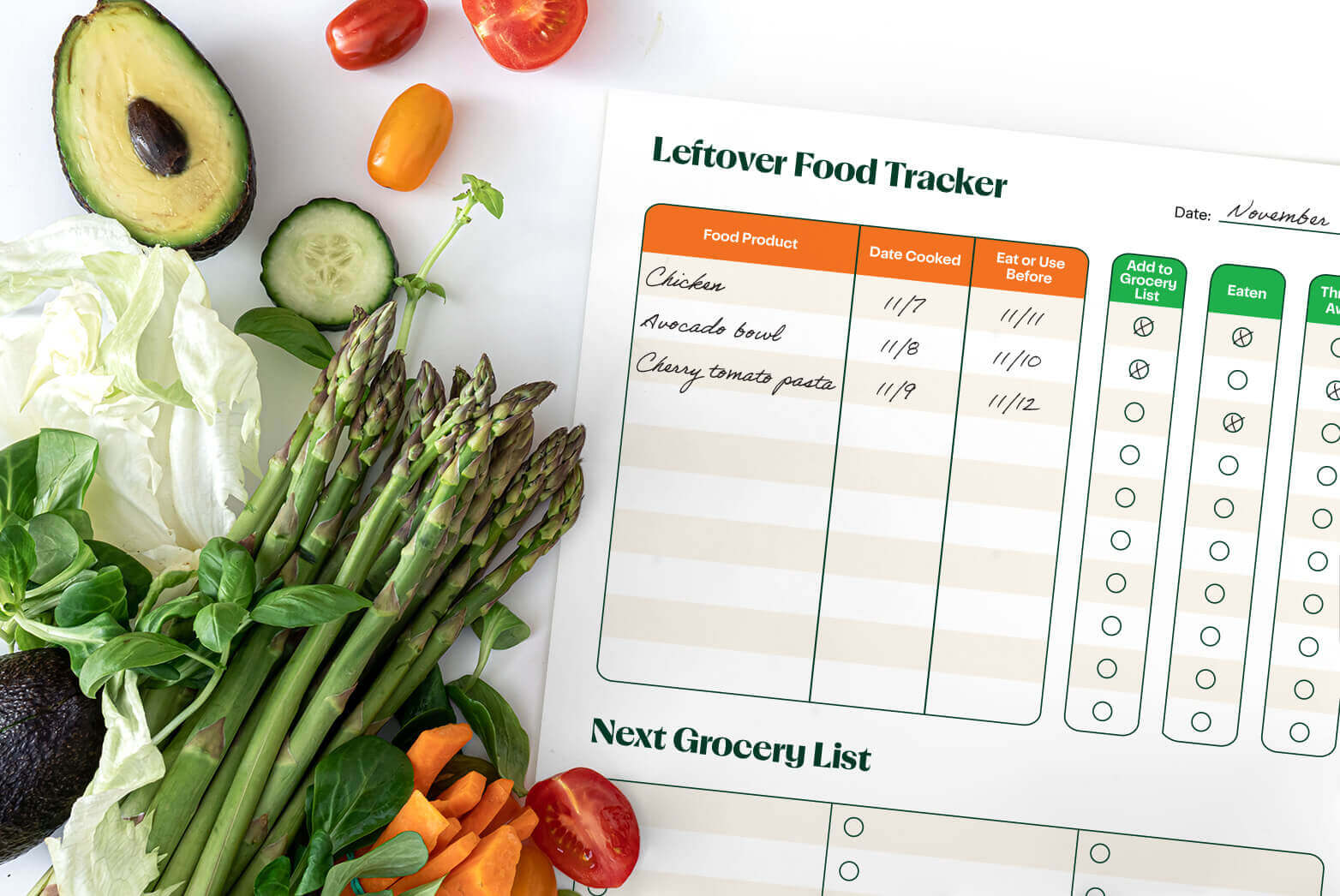

Leftover thoughts
When it comes to cooking, it’s important not to throw away your leftover ingredients. You’ll see by using our leftover recipe generator that you can create an entirely new recipe with your leftover carrots, garlic cloves and lemon chicken breast. Or reinvent your frozen chicken noodle soup by turning the vegetables and broth into a sauce for salmon.
If you’re in need of extra ingredients for your recipes, you can lean on Instacart’s online ordering system. Receive your missing ingredient quickly and right to your door with speedy delivery service. Get started with your grocery shopping right now!
Most Recent in Planning & Prep

Planning & Prep
37 Care Package Ideas: From “Get Well” to “Just Because”
It’s always nice to show some extra appreciation for your loved ones. Whether you want to support a sick friend or a neighbor who had their first child, a care package is the perfect way…
Jan 30, 2025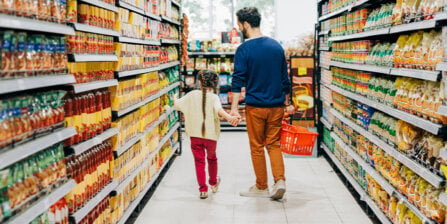
Planning & Prep
Average Grocery Cost per Month: The 2025 Breakdown
The average grocery cost per month, per person, in the United States is roughly $350 for adults between 19 and 50 years old in a four-person household. This estimation depends on multiple factors, such as…
Dec 23, 2024
Planning & Prep
33 Shocking Global and National Food Waste Statistics (2025)
Did you know nearly 30% of the food produced globally is never eaten? This staggering food waste statistic highlights the alarming issue of uneaten food — a problem with environmental, economic and social consequences. Food…
Dec 23, 2024

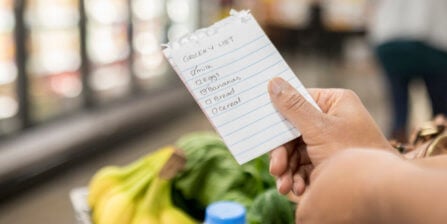 17 Grocery List Categories to Make Shopping Easy
17 Grocery List Categories to Make Shopping Easy 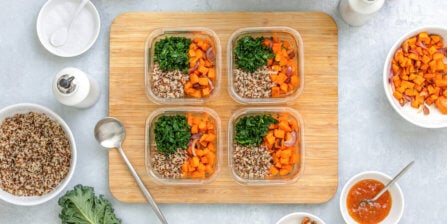 How to Meal Plan: Step-by-Step Guide to Meal Planning
How to Meal Plan: Step-by-Step Guide to Meal Planning  How To Read Food Labels: Guide to Nutrition Labels
How To Read Food Labels: Guide to Nutrition Labels 

